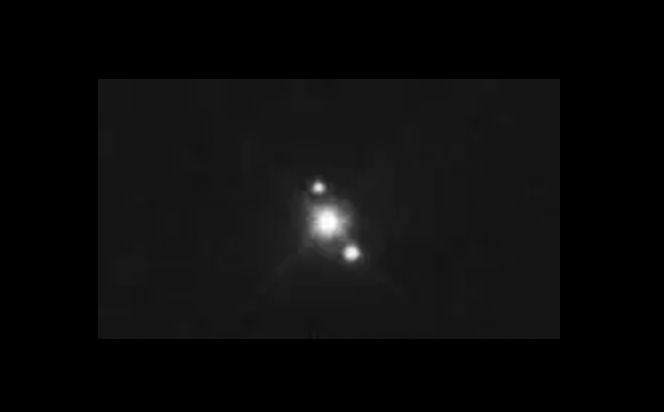PHOTOMETRY: HUBBLE SPACE TELESCOPE PROGRAM
Our Color Program with Hubble Space Telescope for the Haumea Family
One recent effort led by Estela Fernandez-Valenzuela has been to observe Trans-Neptunian Objects (TNOs) with the Hubble Space Telescope using a special combination of optical and near-infrared observations. These observations are able to detect the signature of water-ice on the surfaces of TNOs formed during the violent creation of the dwarf planet Haumea. As part of this survey, 5 new members of the so-called Haumea family were identified. Understanding the Haumea family provides deep insight into the conditions of the solar system billions of years ago, allowing us to understand how planets form and move over time. The discoveries made during this effort show that Neptune has had a turbulent history, leaving an imprint on the orbital characteristics of the Haumea family.
*This information was written by Benjamin Proudfoot, A Member of the Photometry Team at Florida Space Institute

This Hubble image shows dwarf planet Haumea in the center, and its two moons – Namaka and Hi’iak. The image was processed with data gathered by Hubble’s Wide Field Camera 3 using the Ultraviolet-Visible channel on June 30, 2015.
Image and Image Text Credits: NASA, ESA, and D. Ragozzine (Brigham Young University); Image Processing: Gladys Kober (NASA/Catholic University of America)